Samyang/Rokinon has entered unchartered waters with the release of the new 50mm and 135mm lenses (both of which I am currently reviewing). Previously they have primarily offered budget alternatives to a variety of large aperture primes that typically cost a lot of money. Samyang has carved itself out a niche by offering lenses with no frills but highly competitive optics that have drawn in photographers on a budget and videographers that don’t have a Zeiss kind of budget. Samyang/Rokinon has occupied the opposite end of the spectrum from high end manual focus lens producer Zeiss. The Zeiss option at any given focal length is pretty much guaranteed to be the most expensive, while the Samyang option at any given focal length is typically the cheapest. The Rokinon 50mm f/1.4 bucks that trend…
And this is why the two newest Samyang lenses are the biggest gambles the company has made thus far. Take, for example, the 50mm f/1.4 that we are currently reviewing. Its introductory retail price is $399 at B&H, which, coincidentally, is the same price that Canon’s own EF 50mm f/1.4 and the original Sigma 50mm f/1.4 (not ART series) and $3 more than the Nikon AF-S 50mm f/1.4G lens. Sure, there are more expensive options like the Sigma ART and even the Zeiss Planar T* 50mm f/1.4. The problem, of course, is that all of these lenses save the Zeiss offer autofocus motors for that price.
There are any number of photographers that were willing to buy the Samyang/Rokinon option when it was one quarter or even less than the equivalent Canon or Nikon option, but this new 50mm lens is going to have not only compete on its own merit but also with the handicap of not offering autofocus at the same price. I went into this review needing to be convinced.
The optical performance and handling of this lens needed to be good enough to sell me on the lens’ merit despite the glaring liability of have no autofocus (or even electronics of any kind in the lens). Was it able to do that? Yes and no…and here’s why.
Build and Handling
The build quality on these lenses is really quite nice. They aren’t threatening Zeiss with their build, of course, and there is a very notable difference in the feeling of quality when you are comparing them side by side, but when I compare the 135mm to my Canon 135L, for example, I can’t say that the build seems noticeably different. They are both made with engineered plastics around a metal mount, and both have a black matte finish with a semi-gloss flecking pattern on it. The focus ring is a ribbed, rubberized feel. On the 50mm it is about a half inch wide and the damping feels just about right. It is weighty enough that you can select your focus distance accurately but not so weighty that focus is a chore.
One very nice thing about third party manufacturers is that they offer their lenses in a variety of mounts, and that is certainly the case here. I am reviewing a Canon EF mount, but the lens is also available in Nikon F, Pentax K, and both Sony E and A mounts. Consider also one other advantage of manual everything lenses; they are easily adaptable to other mounts (should you own multiple systems or change systems in the future) by use of adapters with full control due to the fact that focus and the aperture iris are manually controlled on the lens. This fact has allowed me and many others to do just that with vintage manual focus lenses in obsolete mounts and enjoy them on modern DSLRS.
The Rokinon 50mm f/1.4 has 9 elements in 6 groups. It weighs in at a solid 535g (nearly twice as much as the Canon 50mm f/1.4). It is also bigger and longer than the Canon 50mm f/1.4 (2.9”/7.37cm long), but is quite a bit smaller than the new Sigma ART lens (3.93” and 815g). If you are familiar with the original Sigma 50mm f/1.4 then you have a rough sense of the dimensions of this lens (which is fractionally larger in every way). I noted that this lens renders somewhat like a classic 50mm prime, but with one notable improvement – the aperture blades (8 of them) are curved and allow circular highlights to remain round even when the lens is stopped down. This may not seem like a big deal, but actually addresses my single greatest “beef” with older primes. They frequently had 6 blades (non rounded), and highlights would quickly become hexagonal when stopped down. The lens (like both of the Sigmas) has a 77mm front filter thread, which is considerably larger than the Canon 50mm’s 58mm front filter thread. One advantage of having a lens with a manual aperture is that you can take cool shots of it like this!
One interesting (unique) feature of this lens’ build is that the front element is in a housing with a lip that travels forward and backwards at least a half inch during focus. All of this would happen behind a protection filter if you had one in place and would in no way interfere with the use of filters. I personally would recommend utilizing a protection filter with the lens for the simple reason that there is enough travel with that front element and its housing that I could foresee the potential for introducing dust into the lens. Rokinon claims no weathersealing for the lens (nor do they for any of their lenses that I am aware of). Outside of this issue, however, I personally would have very little qualms about using this lens in adverse weather for the simple reason that there are no electronics in it and little that could be damaged by the elements, frankly. No switches, no circuit boards, etc…
Samyang/Rokinon should be commended here, because unlike Canon, it includes both a lens hood and a drawstring bag for protecting the lenses even though these are budget options. I cannot understand why Canon persists in not including lens hoods with its non-L-series lenses. The lens hood surely only costs a few dollars to manufacture, and I can’t help but believe that the goodwill that would be generated by a change in this policy would pay dividends for them. Nonetheless, the fact that Samyang manages to do this while producing budget options is clear evidence that it can be done. Kudos to them! It give you a good feeling to have these accessories included. I particularly value getting a lens hood as I tend to use them religiously.
Samyang/Rokinon has even incorporated a “red ring” into its design (though at a different location from Canon’s), so the visual similarities between the lenses is even more pronounced. Both of these lenses have a comfortingly dense feel to them that makes one feel that they are fairly well made and have some serious glass in them. And that they do…it is very apparent as you look into the lens with the aperture wide open.
The aperture ring feels fine. The detentes for aperture stops seem definite. The lens has aperture choices between 1.4 and 22, with unmarked half stop detentes between the marked stops save between f/1.4 and f/2 and between f/16 and f/22. All in all the build here feels well made enough to last for many years of use. The lens, like all Samyang/Rokinon lenses, is made in Korea. The petal shaped lens hood has no real distinguishing features – it is a piece of plastic that is flocked on the outside to match the lens barrel. It will do the job just fine. Check out this brief video review where I take a careful visual look at the build quality of this new lens.
But the biggest challenge with this lens is in the other aspect of its handling – the actual focusing. You don’t realize how much the focus confirmation chip in Zeiss lenses (which are generally very well calibrated) makes a difference in focus accuracy. I do feel that Samyang/Rokinon is doing its customers a disservice by not incorporating this into their design. They typically charge a little more for the Nikon mounts with the AE chip (although for some reason the 135mm is the same price in all mounts). But the 135mm is a very hard lens to nail focus with…and the 50mm isn’t much easier. Depth of field is typically very, very small at maximum aperture with these lenses. The sharpness and image quality is pretty fantastic with the lens (I’ll elaborate more on this in a moment), but that is diminished by the sheer number of missed shots that you will get because of the focusing challenge. I was using a Canon EOS 6D body for the review with a super precision EG-S Matte focusing screen that is specifically designed for large aperture manual lenses. It certainly helps, but I was often surprised by shots that I thought were in focus that proved to be otherwise when I reviewed them. Live View focus with the 10x zoom obviously helps to nail focus, but Live View focus is never a quick exercise. There are only so many situations where you have an opportunity to spend that much time in focus. The one upside here is that like some Zeiss lenses images that are somewhat missed still end looking pretty good because of the nicely three dimensional rendering. It is only on close examination that the missed focus becomes apparent.
If I were to own this lens, I would certainly make the minor investment of money and a little investment of effort to purchase a “Dandelion” focus confirm chip off of Ebay that would also allow me to set up some rudimentary EXIF data (even if that data would frequently be incorrect due to using different settings than what were programmed into the chip). Between that and the EG-S focus screen experience tells me that I could produce fairly consistent focus results. The focus confirm chip has to be glued into the appropriate spot on the mount, and I have previously done it on another Rokinon lens with relatively minimal effort.
If there is a silver lining to all of this is is that I have found with every manual focus lens my focus success rate increases with familiarity. It’s as if you have to learn the unique personality of the lens, and, when you do, you better learn how to use it. I spent some quality time with the 50mm and my success rate went up dramatically. I found it easier to use in this regard than the new 135mm f/2 lens from Samyang.
Portrait Lens?
One of the primary uses of both of these prime lenses will be as portrait lenses. I did a couple of sessions today where I exclusively used three manual focus lenses: the Rokinon 50mm, the Samyang 135mm, and a Zeiss Distagon T* 2.8/21mm. One minor challenge in this setting is that no EXIF data is communicated to the camera body (no electronics at all), so some of the advanced ETTL flash settings (like focal length and even aperture) are not going to be communicated to the flash. I entered these values manually, and away we went. In this setting I found the Samyang 135mm the biggest challenge because I use it at a longer working distance (30-50 feet, typically). My focus accuracy with the 50mm was actually a bit higher, primarily because I shortened my working distance to a more moderate 10-15 feet for most shots. The EG-S focus screen makes focusing at that kind of distance much easier, and the depth of field of 50mm (I shot mostly at f/2 on the 50mm) is slightly more forgiving of near misses. There is some chromatic aberrations that are quite apparent on the lens, and missed shots really show that bokeh fringing. Bokeh is quite nice from the lens, and the drawing is overall excellent (a point I will elaborate on in my conclusions).
The easiest lens to focus was the Zeiss. I had no misses with it. But, it had a number of advantages. First of all, it is built to specifications several orders of magnitude higher. It costs more than five times as much as the 50mm, and about 3 ½ times as much as the 135mm. It had the advantage of a smaller aperture (f/2.8 is mostly where I shot it), a much wider focal length (depth of field much deeper) and also the advantage of a focus confirm chip that seems quite accurate. A big plus for the far cheaper primes is that the overall look of the series is fairly similar, so I give them a thumb’s up for their color accuracy.
I used the 50mm in a variety of other settings, including general photography, shallow depth of field work, landscapes, event photography, and even threw it into the mix in an infant portrait session. Images from all of these scenarios had a great look overall despite the focus challenges.
Between these two lenses one could have an excellent portrait lens kit for less than a thousand dollars. As long as one nailed focus, I doubt anyone would be able to tell that you weren’t shooting with a Canon 135L and a Canon 50L – the drawing from both of these lenses is that good. The challenge, of course, is getting them focused accurately.
I next used the 50mm lens in a “family games night” type setting. I often share shots taken either in professional settings or in a nature/landscape type setting, but a 50mm lens is a “prime” (pardon the pun) lens to use in a classic “everyday” kind of setting. Photographers have been using 50mm normal lenses to capture family memories for many decades. It is a great focal length for an “around the table” setting, and the wide aperture gives a very unique look (and some style) to what would otherwise be very bland shots. A wide aperture like f/1.4 really allows one to use depth of field to draw the viewer’s attention to your desired point of interest. I find this particularly helpful for storytelling type images.
I compared the lens in this kind of setting to a couple of older manual focus primes that I have often used in a similar fashion (SMC Takumar 55mm f/1.8 and a Zeiss Planar T* 1.7/50mm). The Rokinon was shot at f/1.4 while the wide open aperture for the vintage primes is a bit narrower. One thing to note is that in terms of light transmission I noticed no discernible difference in exposure value for the Zeiss and Rokinon. Chart testing might show more of a difference in T/stop performance. But another that really struck me is how very, very nice the drawing from the lens is. Drawing refers to the way that a lens renders, and particularly how it transitions from focus to defocus. I came to the conclusion by the time this review period was up that the drawing from this lens is as good or better as any I have seen before, up to and including the 50mm f/1.2L. It has beautiful creamy bokeh, with nothing to criticize. The overall look of the images from this lens impressed me a bit more than the Sigma ART 50mm f/1.4, although that lens has a slight sharpness advantage (and autofocus, of course!)
But sharpness in a prime lens is not the end all. Some of the most beloved portrait lenses are not necessarily the absolute sharpest lens (or the most chromatic aberration free). In the Canon sphere the most notable portrait lenses are the 50mm f/1.2L, the 85mm f/1.2L, and the 135mm f/2L. None of these are aberration free or even supremely sharp wide open (the 135L is the sharpest), and yet are frequently used just that way to produce amazing portraits. Why? It is the drawing quality of these lenses that so attracts portrait photographers. The images have a great quality and overall look to them. Sharpness is a part of the equation, of course, but there is more to it than that. The same is true of the images from the Rokinon; they have a great look to them that will really produce some very fine portraits (or other images, of course).
I also found that the lens became an excellent landscape option when stopped down. I was impressed by its sharpness and ability to render fine textures throughout the frame (including infinity). It is quite a versatile tool because of this, and reinforced to me why so many people love wide aperture primes at the 50mm focal length.
Because the Rokinon 50mm f/1.4 has an old school character, I thought I would throw it into a 50mm shootout with a handful of truly vintage primes. You can read more about that in this article (click this hyperlink to open it in a new window). To summarize those findings, though, it really made me appreciate the optical quality of this new prime lens. It was discernibly better in all situations in its contrast, sharpness, and overall image quality. The only negative I could come up with is a trend I have seen with other Samyang/Rokinon lenses where they render colors quite warmly. It is particularly noticeable when directly comparing images from other lenses, particularly a Zeiss lens (where color balance is slightly cooler but more neutral than most lenses).
The Good, the Bad, and the Ugly
I’m a little puzzled by the 50mm. It is a very nice lens optically, and in many ways it won me over by producing some gorgeous images that I was particularly pleased with…but that price point is a bit hard to stomach when it lacks autofocus and all of the other competitors at the same price point do include it. Zeiss can get away with that because they have a (well deserved) reputation for optical excellence along with build quality that surpasses all competitors. Samyang/Rokinon does not have that at all. If anything, people’s perception is that they are going to pay a budget price…which isn’t really the case here. I can’t help but feel that Rokinon/Samyang would find more takers at a $299 price point. When you look beyond that, however, the lens is certainly head and shoulders above the competitors at its price point in optical performance and the beautiful rendition (drawing) from the lens. Take a look at this video where I break down the optical performance:
As you can see, the drawing from this lens is remarkably good. It doesn’t display some of the “nervous” quality in the transition bokeh regions that many 50mm primes do. The good is very, very good with this lens. I have no question that the drawing and bokeh beats that of the new Sigma ART series 50mm f/1.4. The Sigma is better in controlling chromatic aberrations, and might have an edge in overall sharpness, but the Rokinon 50mm f/1.4 arguably has just as compelling optics if not more so at a price that is 2 ½ times less. The problem, of course, is that most people just don’t want to deal with a manual focus only lens. I feel like this lens may get passed over by a lot of still photographers simply because they don’t want to mess with a manual focus only lens. It may catch on as a cult classic as word of its reputation gets out there, and there is always a subclass of photographers that actually like manual focus lenses. That crowd may find this lens particularly irresistible because the payoff is high…if you can only get the thing focused! Here’s hoping future bodies have more consideration of manual focus (focus aids, please!), and if that proves to be the case, this lens is an easy choice because of great looking optics.
Another negative is one that I’ve previously encountered with other Rokinon/Samyang lenses: due to the lack of electronics, the lens does not meter correctly in Manual mode….but only when shooting in Live View. The screen will show a terrible degree of underexposure (probably at least three stops) when you are properly metered in manual mode (while using the LCD screen in Live View). Switching over to AV mode corrects this, and the readings on the screen and the camera’s meter align perfectly once again. Fully automatic (A+) mode is not recommended either, as the camera typically will rely on adjusting the aperture as well, which it has no control over with a fully manual aperture ring. If you shooting using the viewfinder, manual mode is no problem (almost all of the images I have taken with this lens are in manual mode), but if you intend to focus using live view, you will either have to shoot in AV mode or adjust the exposure on the screen for focus and then back to the proper metering point in manual mode (which is obviously a bit of a pain). Ironically my vintage lenses that I have adapted to a Canon EF mount don’t have this issue because there is some electronic communication to the body (the adapters have a focus confirm chip mounted on them). The fact that the aperture value is not correct (many of the focus confirm chips report an f/1.4 aperture all the time) doesn’t seem to affect the metering on the screen. That tells me that this problem could be solved by adding the aforementioned AF confirm chip to the lens if this issue bothers you.
In Conclusion
This lens has some challenges. The relatively low price of existing 50mm f/1.4 lenses (despite a few outliers) has created less wiggle room for Samyang/Rokinon, so as a result this lens is not the budget value of many other lenses from the Korean manufacturer. I do wish that it was $100 cheaper; I think more people would take a chance on it at that price, but I wouldn’t be surprised if Rokinon’s margin is pretty slim on this lens. They’ve obviously invested some pretty serious engineering dollars to get an excellent optical instrument. The Rokinon 50mm f/1.4 AS IF UMC is not any cheaper than the Canon EF 50mm f/1.4, nor the Nikon G, nor the Sony Alpha 50mm, nor the original Sigma 50mm f/1.4 HSM, but it is optically superior to them all. The challenge for most photographers will be the fact that this lens does not include autofocus. That makes it a lot more work! Despite the negatives here, however, you can probably tell that I enjoyed my time with this lens. In many ways it did win me over by producing some great images that I’m really proud of. I’ll also acknowledge that I am a bit of a masochist when it comes to photography; I enjoy the challenge of manual focus lenses. You will have to decide for yourself whether or not the excellent image quality from the lens is worth the challenges of acquiring images with it.
Pros
- Excellent image quality
- Beautiful, creamy bokeh and excellent drawing
- Good contrast
- Stellar build quality
- Includes lens hood and protective pouch
- Nicely damped and accurate focus ring
Cons
- No autofocus
- No electronic connection to the camera body (no EXIF or focus confirm)
- Metering issues in Live View Manual Mode
- Some chromatic aberrations
- Same price as competitors with autofocus
Review Notes: I have reviewed a retail copy of the lens provided for review by B&H Photo. As always, I strive for accuracy and objectivity in my real world reviews. All the photos in the review have been taken by myself during the review period and are representative of the results that can be achieved with the lens.
Gear Used:
Canon EOS 6D DSLR Camera (Body Only)
Rokinon 50mm f/1.4 AS IF UMC Lens for Canon EF Mount
Adobe Photoshop Lightroom 5 Software for Mac and Windows (Boxed Version)
Adobe Photoshop Creative Cloud 1-Year Subscription
Alien Skin Exposure 7 (Use code “dustinabbott” to get 10% off)
Purchasing your gear through B&H and these links helps fund this website and keeps the articles coming. Thank you for your support.
Great News! I can now offer a 5% discount on all purchases at Amplis Foto, Canada’s Leading Photographic Supplier. Please enter discount code: AMPLIS52014 in your cart. It is good for everything in your cart, and is stackable with other coupons, too! It will take 5% off your entire order! Proceeds go towards keeping this site going and providing you with new reviews!
Error: Contact form not found.


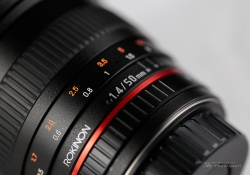

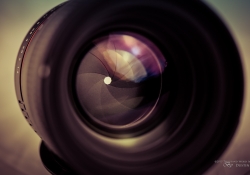
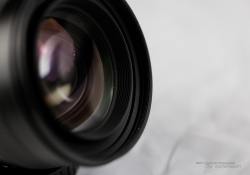
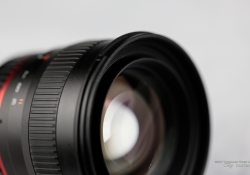

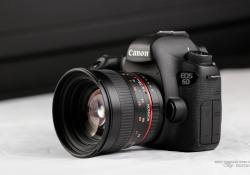

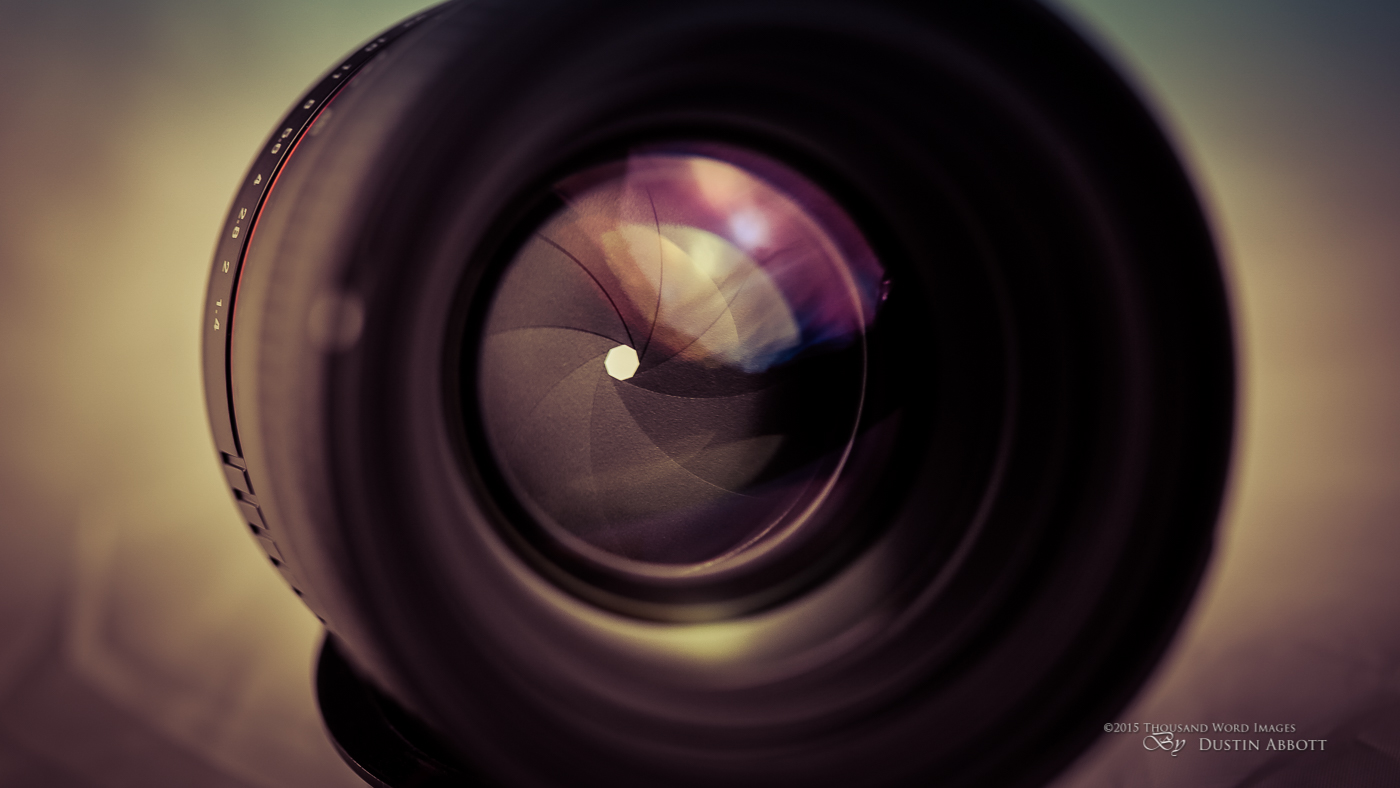
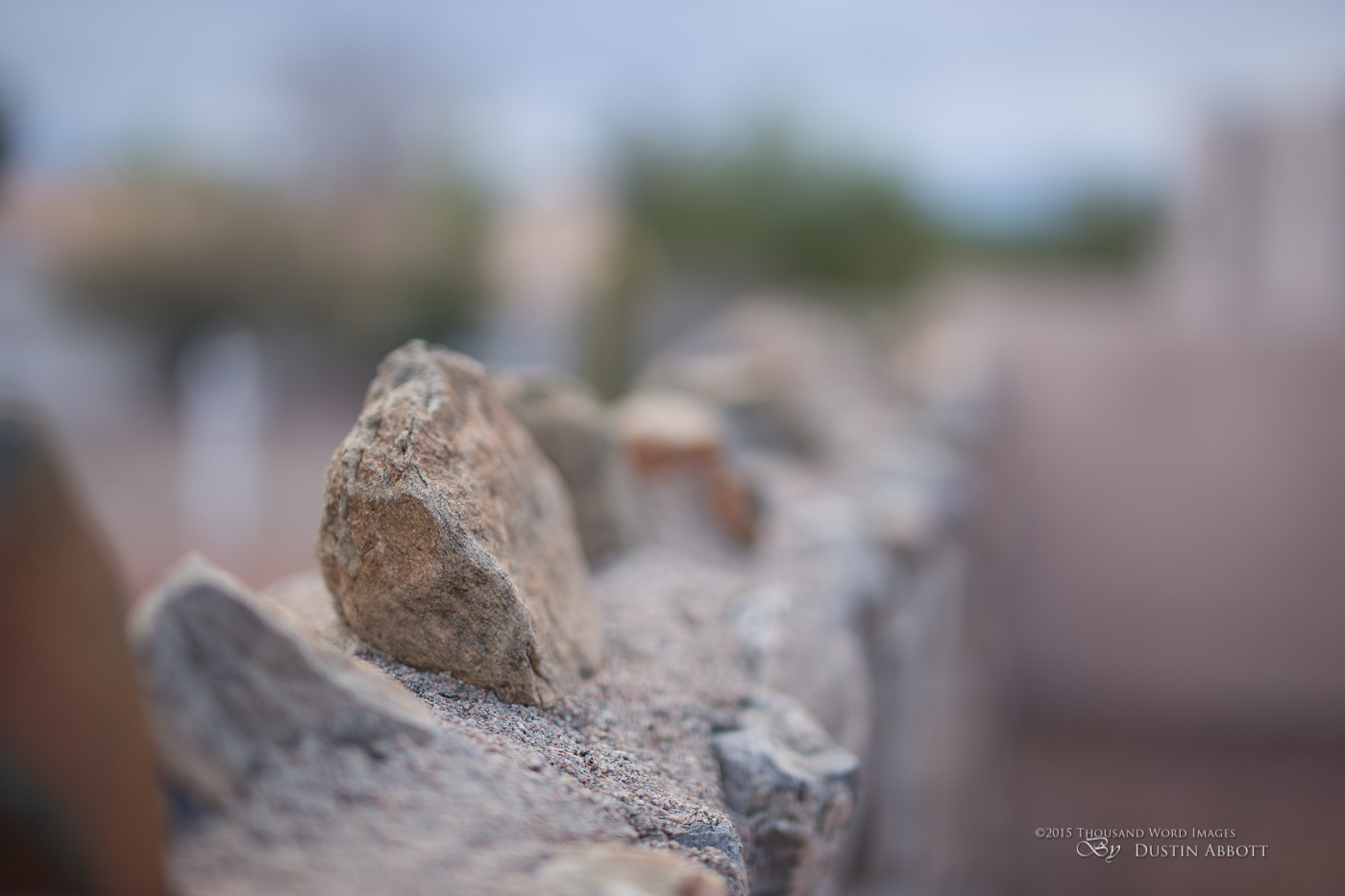















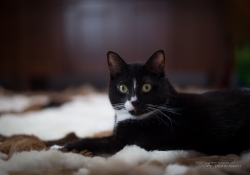






























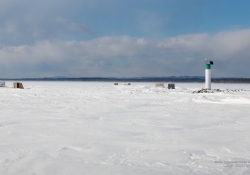


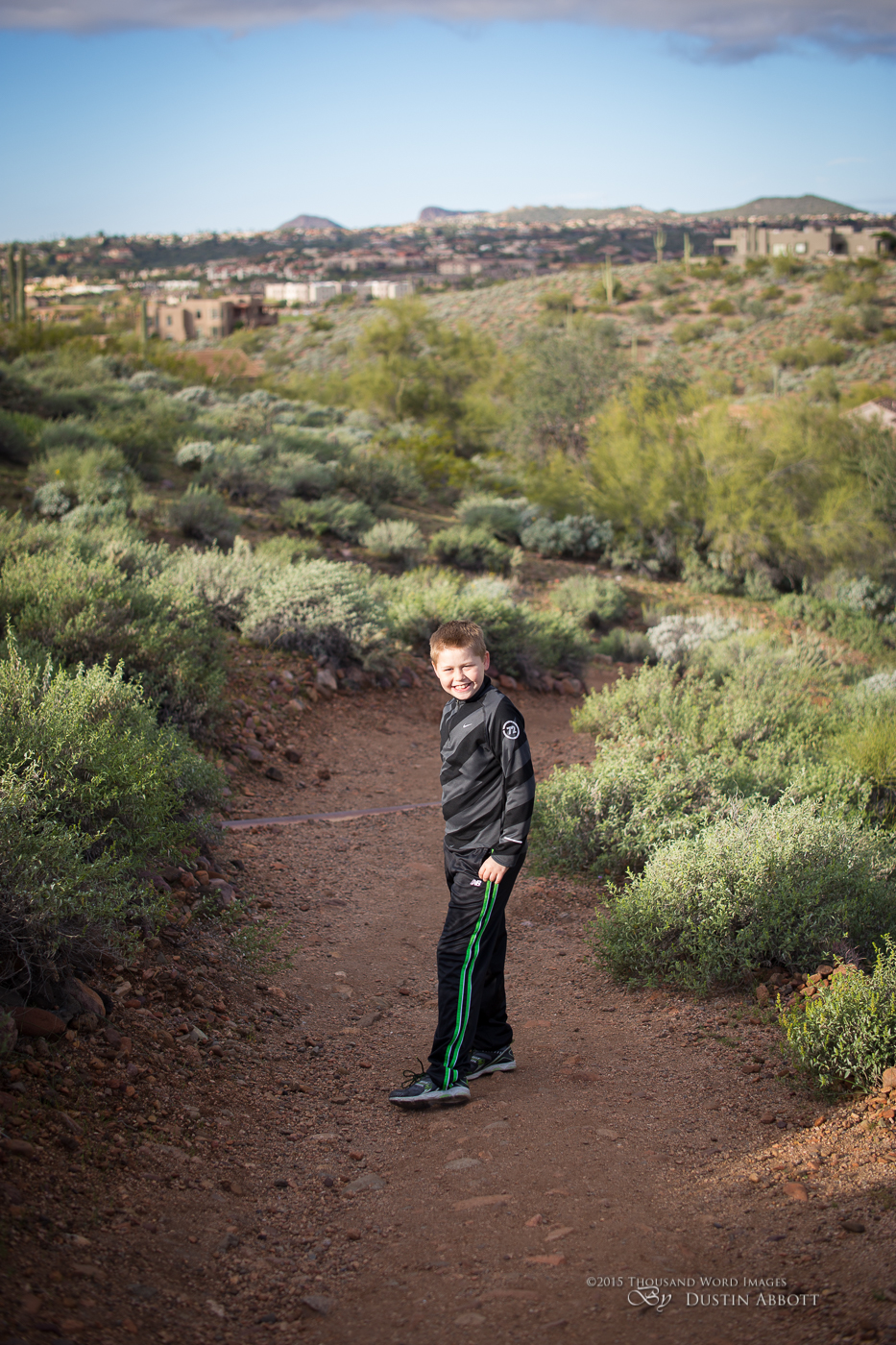



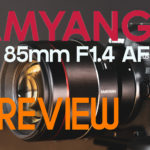

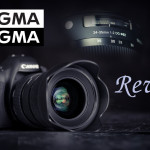

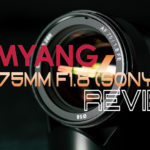

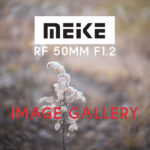
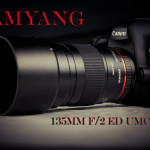

Dustin,
Thanks for another great review! It looks like a "killer" lens but not without at least one key drawback – difficult to meter/set exposure!
Two comments about your test shots: first, family game night shots. Most people may not know what the Rook card game is all about but I grew up playing that and love it! Can't wait to teach my boys – very soon. Second, your pictures in the American southwest…not quite sure where you were but I will be taking a Spring break trip beginning next Friday to Tucson, Az for several days and then north to the Grand Canyon, South Rim. Then to Hoover Dam, Las Vegas, St. George Utah, Idaho via Salt Lake City, then home to Oregon. 10 days and 3500 miles. (This is a road trip…)
Seeing those pictures has created a desire to leave now!
Rook is definitely a family favorite. The lens isn’t diffic to meter with in AV mode or in manual using the viewfinder. It is Live View manual mode that doesn’t meter properly. The Southwest photos were Scottsdale and Fountain Hills, Arizona
The Pentax versions of the various Samyang lenses have the "A" setting on the aperture ring so you can control the aperture from the body in AV mode. We also get focus confirmation with any lens (does not rely on an in-lens chip) as well as stabilization (due to the SR system). Pentax really is an overall great system for manual focus users.
Nice! That is a definite improvement over the operation of these lenses in a Canon body.
[…] Dustin Abbott […]